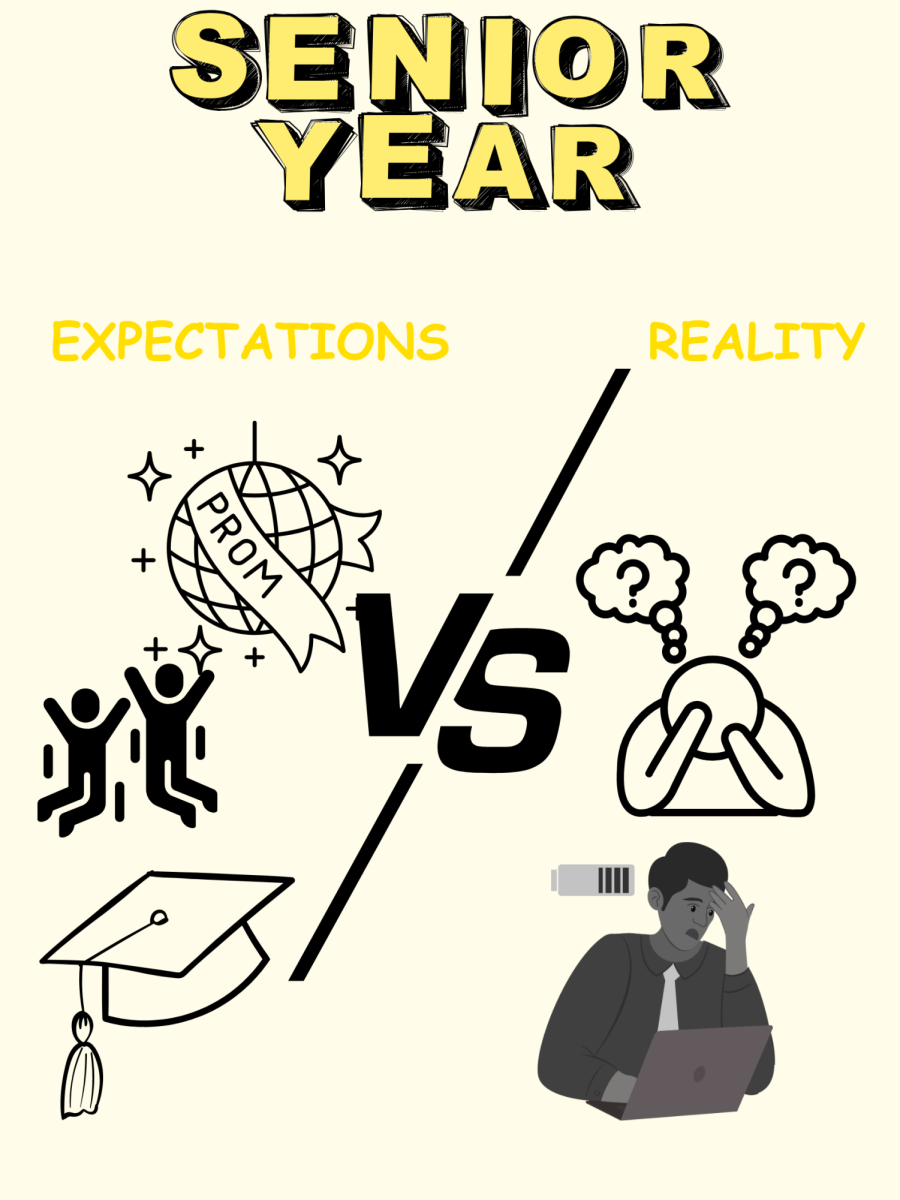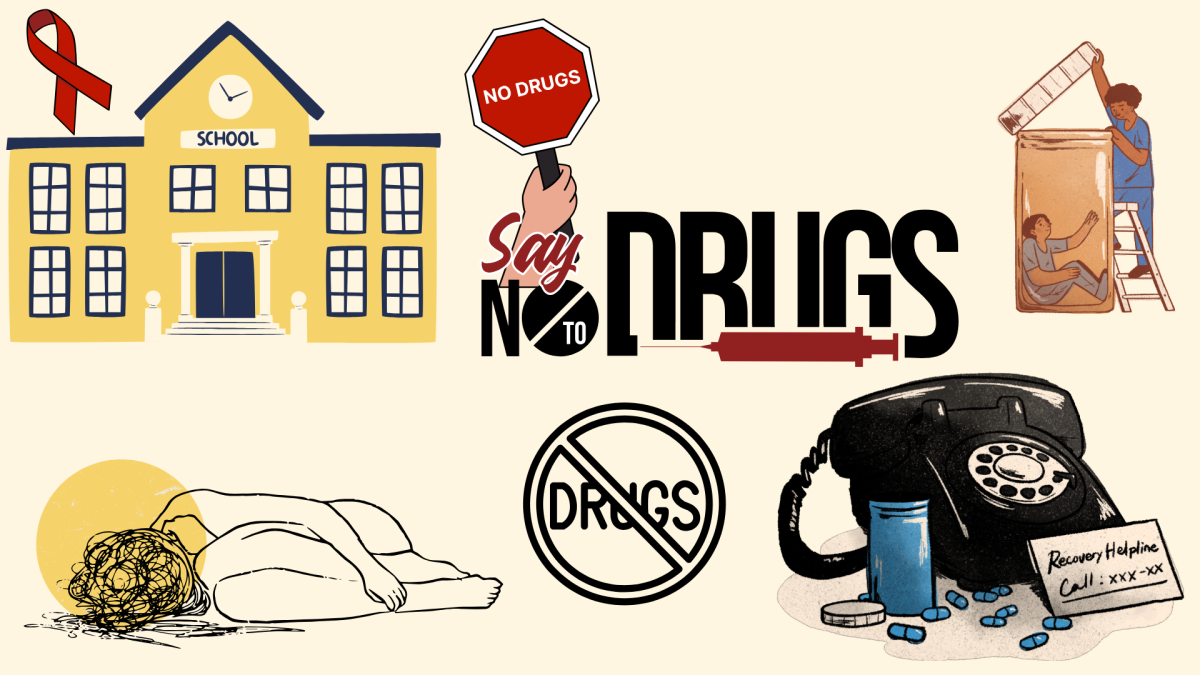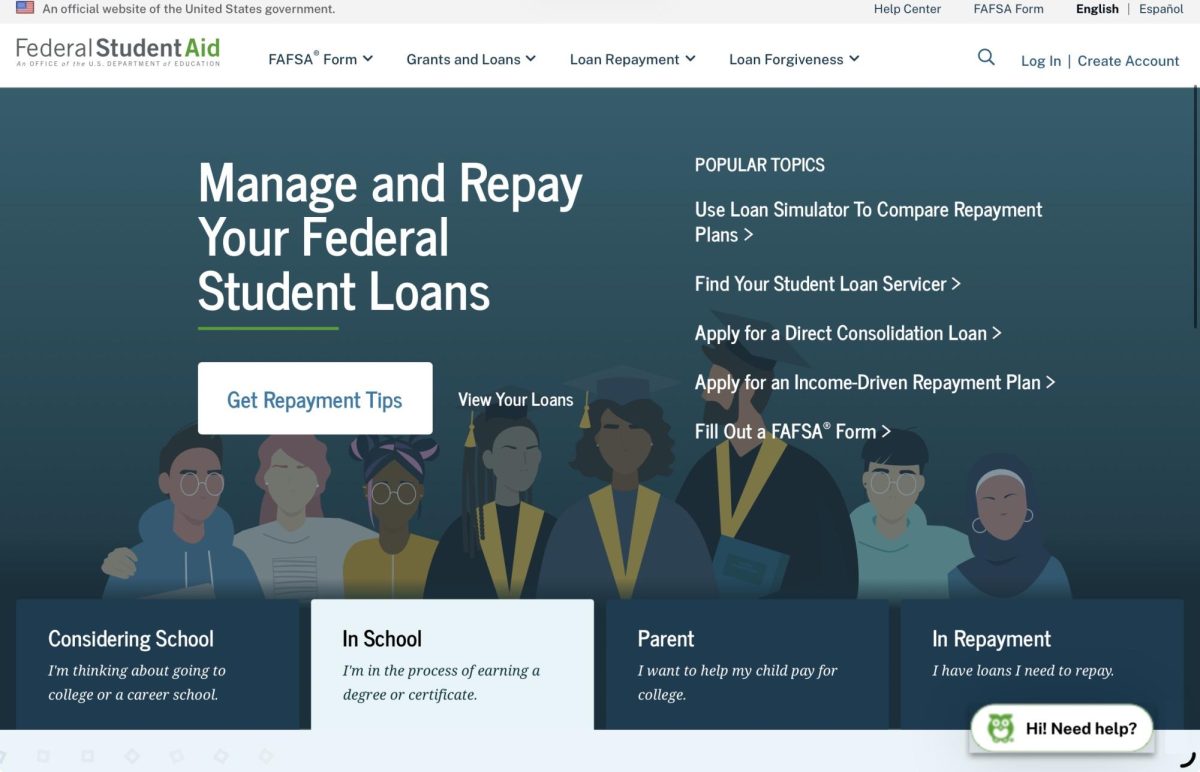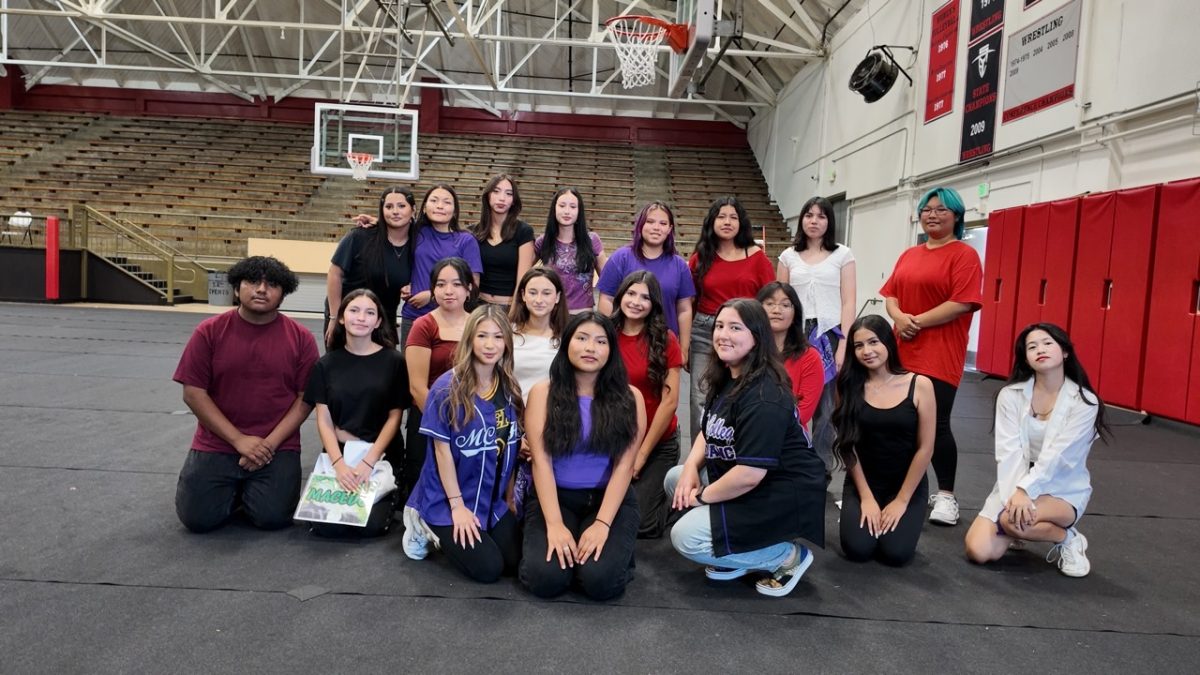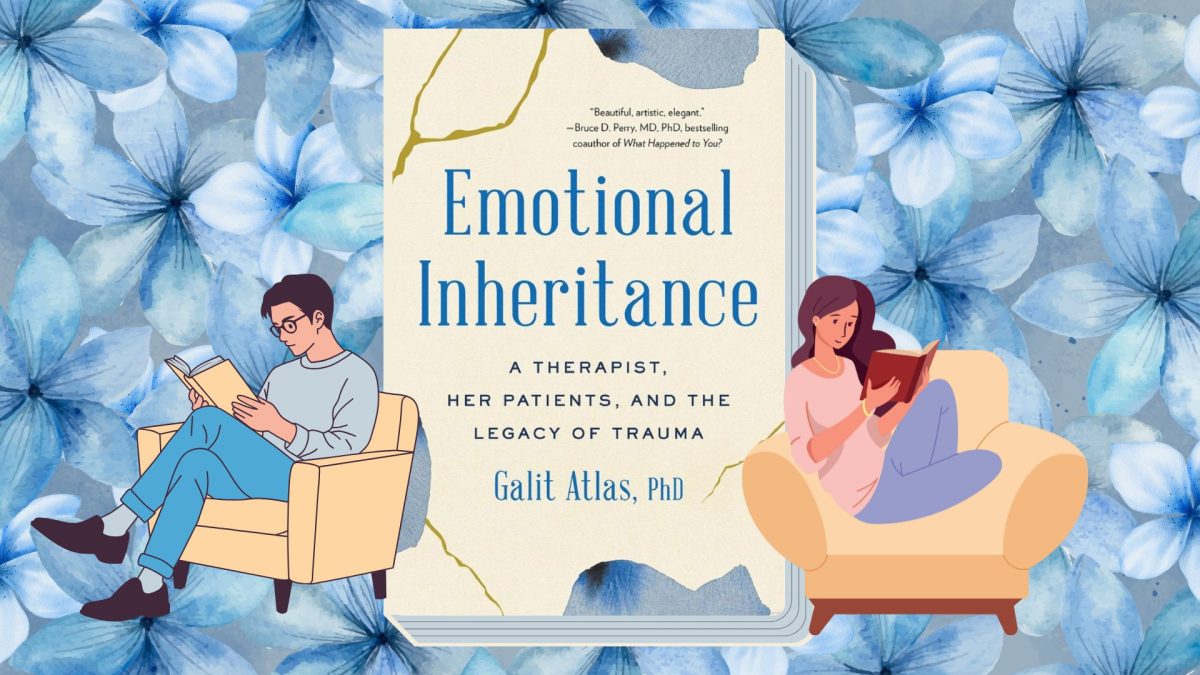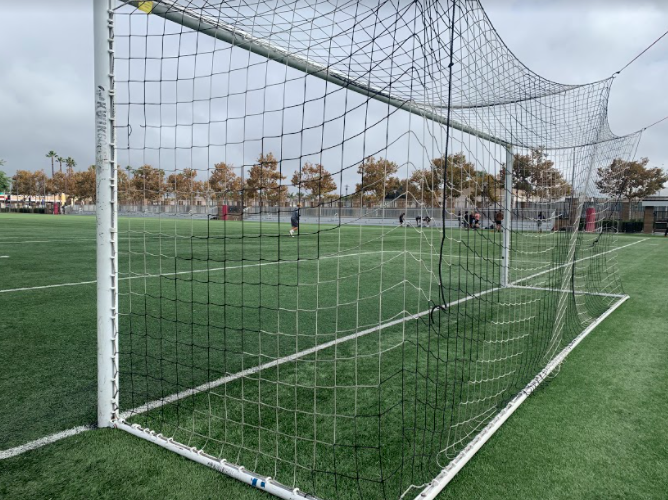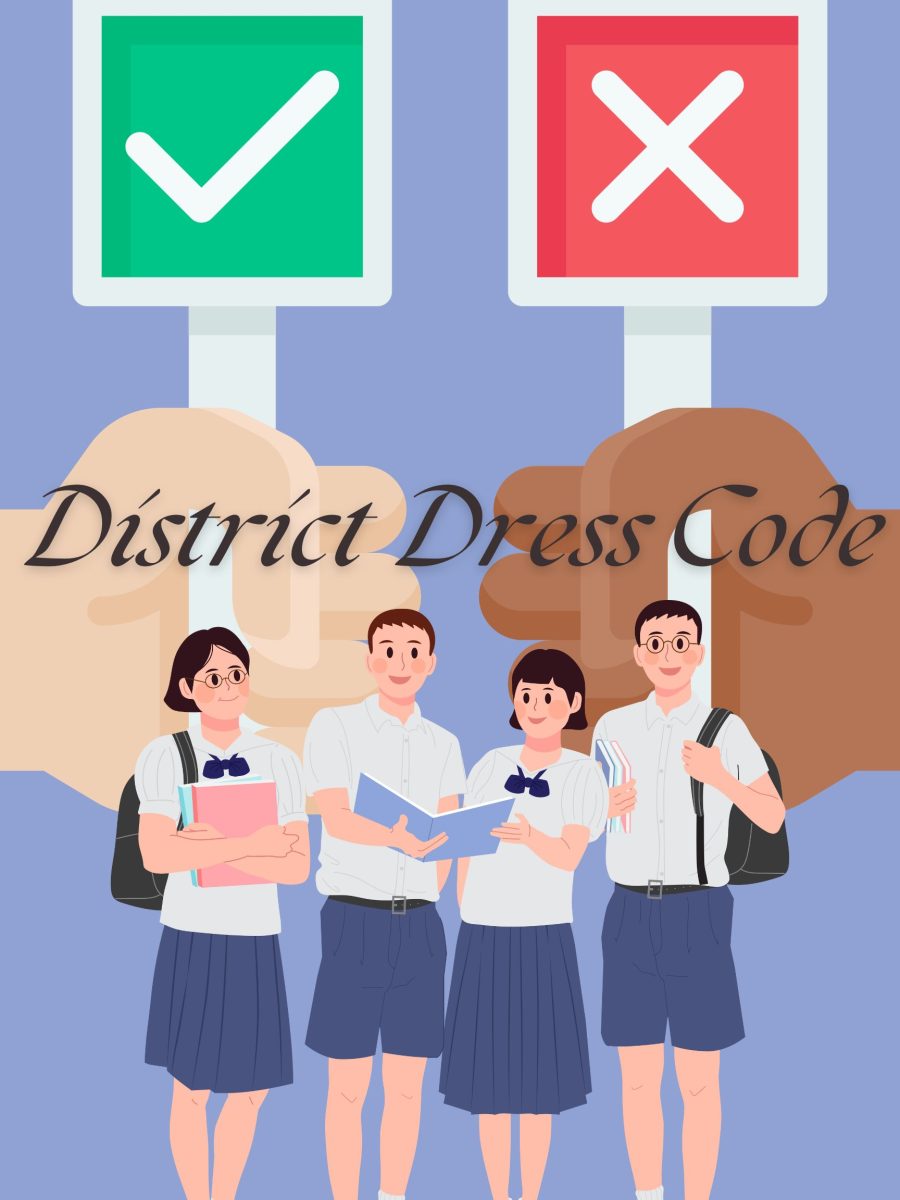Throughout the years, the dress code policy has been a guideline to ensure safety and a good image for students. However, there are also many cons to the dress code policy that many people want fixed. For example, the impact it has on students and who the dress code affects the most. But it’s also there to make sure that students aren’t being singled out and to ensure safety.
This article will further discuss the pros and cons of having dress codes in a school setting. In Middle College High School, there are two points of view; while most students think that the dress code is an okay guideline due to it allowing students to dress how they like and feel, some people disagree and think that the dress code is unfair due to the impact it may have on them.
The school dress code mainly exists because it keeps students and staff from dressing inappropriately. Many people have gone back and forth on the topic: should it be removed? Should it stay? But why does it really matter what students wear?
Freshman Leslie Carmona shares how she believes the dress code exists for students to still be able to express themselves with how they dress while not going overboard with their outfits. For example, not showing too much skin or having inappropriate or offensive logos on their clothing.
“It’s so the students won’t dress inappropriately and follow the boundaries,” Carmona said.
School dress codes differ from school to school, but the most common one is to be reasonably modest. This means that students’ clothes cover their bodies well and wear clothing that minimizes distractions, this helps improve safety for students.
Pros
According to Smartasset, the four main advantages of implementing a dress code are the idea of breaking down class barriers between students, increasing students’ focus and the sense of community in a school, and promoting safety.
A dress code can break down class barriers between students by not singling out students by what they wear to school. When students don’t wear school uniforms it can be easier to know which kids have the most or least economic privilege based on their clothing. When students wear uniforms, class barriers between upper-class kids and lower-class kids are decreased. This can make socializing easier for some kids and it doesn’t let anyone feel singled out.
It also increases a student’s focus; people have argued that if students don’t have outfits/clothing to comment on or notice it can allow them to spend their mental energy on learning. It can “add to a sense of disciplined learning in school.” Also, some students can go overboard with their outfits by wearing something that has sequin which can be shiny, short shirts or skirts, and hats which can distract others. Furthermore, dress codes bring a sense of community to a school by letting students commiserate over their clothing.
Its main focus is to promote safety among students. In different locations, students may be involved in a gang, and having students wear uniforms can create and increase a feeling of safety by preventing students from wearing clothing that proclaims gang affiliation. Uniforms can also increase student safety outside of school, preventing students from wearing gang-like clothing can increase students’ ability to blend in and focus on learning without having to worry that their clothing choices might make them a target.
Principal Damon Voight shares his thoughts on how the dress code could make people feel.
“We don’t wish to make anyone feel uncomfortable or to make them feel like they are being singled out,” Voight said.
Freshman Oscar Hernandez shares his thoughts on the benefits a dress code has on the student body.
“I think that they were made for [us] to dress properly since we’re not only attending high school classes but also going to college classes,” Hernandez said.
Cons
Though the dress code is important, it also has some downfalls.
Smartasset shares some disadvantages that come with dress codes including expenses, limiting student self-expression, sexism, and leading to more policing of students.
Having a dress code can create a new burden of expense on a family since school uniforms can be more expensive than regular clothes for guardians. Frequently, uniforms can be only available from a limited number of suppliers and because of the competition between different companies, the prices are kept high. Also depending on what the uniform includes, for example, blazers and dress shoes, it can add up to be much more expensive for some families.
Furthermore, it can limit a student’s self-expression. Teenagers are more known for expressing their emotions and their tastes in different things, music, art, or fashion, through clothing, hair and piercings. School can be tough for kids and teens in a way, and taking away one of the few ways they can feel some control and express themselves can make school feel more hard for them.
Student Opinion
When taking into consideration the student perspective, most people didn’t seem to have a problem with the dress code as it isn’t as strict and still lets you dress freely with some boundaries.
Comfortability was mentioned when asked about what would students change about the dress code.
“My friend couldn’t wear pajamas. So like, let us wear pajamas because they’re comfy,” Hernandez said.
But overall, most students would agree that the dress code is fair as they get to express themselves while following the school’s rules.




